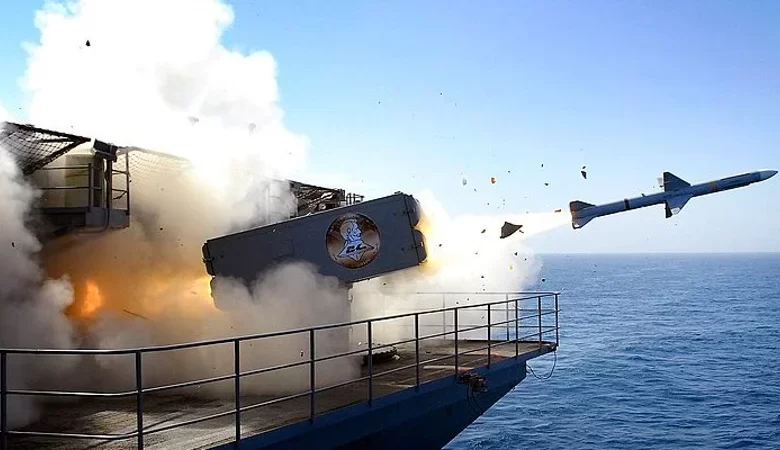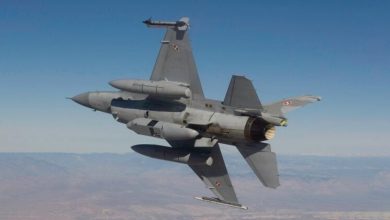US to send Sea Sparrow anti-air missiles to Ukraine

The United States will for the first time send radar-guided Sea Sparrow anti-aircraft missiles to Ukraine as part of a military aid package to be announced on Jan. 6, U.S. political news outlet Politico reported on Jan. 5.
The missiles can be launched from the sea or on land to intercept aircraft or cruise missiles.
With a battlefield innovation, the Ukrainian military has managed to tweak its existing Soviet-era BUK launchers to fire the Sea Sparrow, two people familiar with the matter said.
According to Politico, up to this point, Taiwan has been the only country to operate the ground-launched version of the missiles, while the U.S. and multiple allied navies use the ship-mounted version.
White House National Security Council spokesman John Kirby said on Jan. 4 that the United States was preparing a new military aid package for Ukraine worth $3.8 billion.
The package will include 50 Bradley infantry fighting vehicles, additional HIMARS multiple launch rocket systems, and other weapons.
U.S. President Joe Biden also confirmed that Bradley infantry fighting vehicles were “on the table” for being made available to Ukraine.





